Data Centres
When performance, security and control matter most, choose 5GN data centres — built for Australian businesses and backed by local expertise.
Ethernet is a conventional technology for linking devices in a wired local area network (LAN) or wide area network (WAN), allowing them to interact with one another using a protocol, which is a set of rules or a common network language. Ethernet is a network protocol that explains how network devices structure and send data so that other devices on the same local or campus area network segment can recognise, receive, and process it. The actual, encased wiring over which data passes is known as an Ethernet cable.
Ethernet is a versatile approach to connect to your data and applications at ultra-high speeds and with the least amount of latency.
Click here for more information and how to get Ethernet
5GN Ethernet Services are transparent Layer 2 services offering:
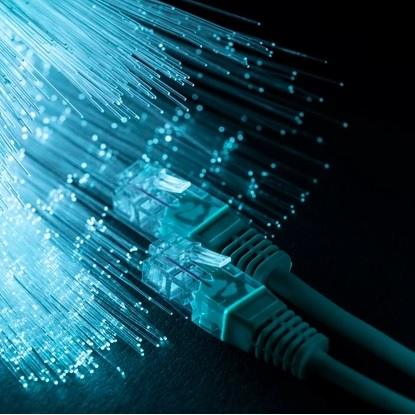
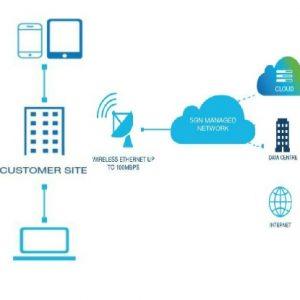
Wireless Ethernet is a wireless networking protocol that can be used in a business or at home. A WiFi network is another name for it. It’s a popular wireless Ethernet alternative. It communicates and transmits data via high-frequency radio waves. The advantages of using a wireless LAN over a wired network connection include installation flexibility, better productivity, scalability, lower cost of ownership, and quick and easy network setup. Ethernet ports, wireless NICs, hubs, and switches make up a wireless Ethernet network. Click here for more information and how to get Wireless Ethernet
Wireless Ethernet is a wireless networking protocol that can be used in a business or at home. A WiFi network is another name for it. It’s a popular wireless Ethernet alternative. It communicates and transmits data via high-frequency radio waves. The advantages of using a wireless LAN over a wired network connection include installation flexibility, better productivity, scalability, lower cost of ownership, and quick and easy network setup. Ethernet ports, wireless NICs, hubs, and switches make up a wireless Ethernet network. Click here for more information and how to get Premium Ethernet
* Subject to availability * Metro areas only ** Target restoration for metro areas only. May vary based on geographic location.
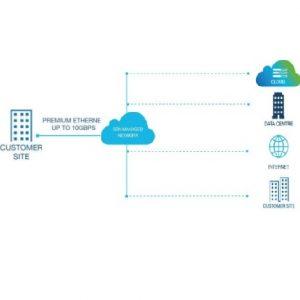
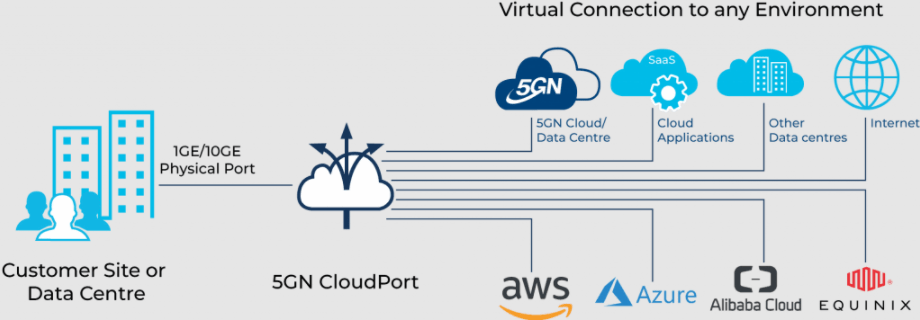
5GN CloudPort provides scalable connectivity between multiple data centres, clouds and network environments. CloudPort enables the creation of private point-to-point connectivity by utilising 5GN’s state-of-the-art Ethernet fabric network between a customer connected on any of 5GN’s POPs and a host of DCs, 5GN private cloud, multiple public clouds and other services. Click here for more information and how to get CloudPort
Dark Fibre refers to Network Fibre Optic Cables which have been laid in the ground to physically connect different buildings and data centres. Since digging and laying down cables is a huge investment, 5GN has provisioned significant excess capacity in those cables for them to be leased by different companies. This is unlit and unmonitored passive optical path that requires you to connect your own active equipment at each end.
Network route diversity is critical to protect your business. You can design a Dark Fibre network that is graphically diverse from other routes you may currently use, or provide a secondary diverse path.
Click here for more information and how to get Dark Fibre
5GN Dark Fibre service provides a dedicated fibre pair to each customer which they can use and manage entirely. The service offers:

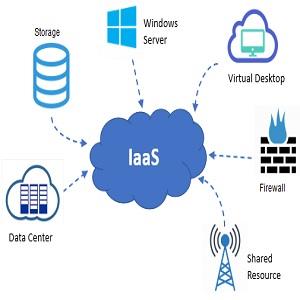
Infrastructure as a service or as it is commonly known IaaS is a is a pay-as-you-go cloud computing service that provides critical computer, storage, and networking resources on demand. You may avoid the cost and complexity of purchasing and managing actual servers and datacenter equipment by using IaaS. Each resource is given as a separate service component, and you only pay for it for as long as you require it. IaaS products range from basic website hosting to in-depth data analysis, and businesses can customise packages to meet their specific digital requirements. IaaS, which includes a variety of services and tools for IT administrators, includes Amazon Web Services and Google Compute Engine.
So why opt for IaaS? IaaS with 5G Networks offers –
Wavelengths are high-capacity data transmission systems that use fibre optics to convey data from one location to another. They’re utilised for core networking between data centres and corporate headquarters, for example. A single strand of fibre optic cable can be broken down into so many wavelength components that it can carry 96 bandwidth channels. This is possible because data is transmitted by several laser transmitters, each with its unique wavelength (frequency).
Backend-as-a-Service (BaaS) is a cloud service model in which developers outsource all of the backend parts of a web or mobile application, leaving them with only the frontend to build and manage. Pre-written software for server-side tasks such as user authentication, database administration, remote updating, and push notifications (for mobile apps), as well as cloud storage and hosting, is provided by BaaS suppliers.
Click here for more information on Backend as a Service (BaaS).
BaaS Key Features
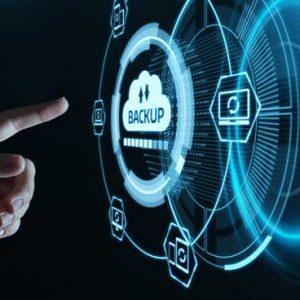
A Disaster Recovery plan can be split into two parts.
Recovery Time Objective (RTO): This is the amount of time after a disaster in which business operation is retaken, or resources are again available for use.
Recovery Point Objective (RPO): RPO can be seen as how much data loss can you afford in terms of time or in terms of amount of information.
Click here for more information on Disaster Recovery Plans (DR).

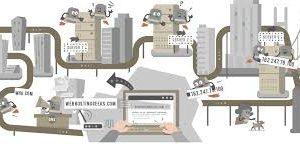
This is is the Internet’s method for mapping alphabetic names to numeric Internet Protocol (IP) addresses, in the same way that a phone book maps a person’s name to a phone number.
Click here for more information about Domain Name Systems.
DNS Key Features
SIP Trunking Key Features
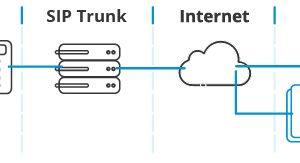
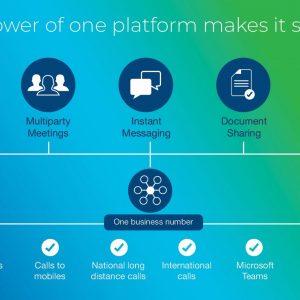
This is a collaborative tool which connects your internal workforce and external partners seamlessly via persistent chat, PSTN dial, voice and video conference, shared presence and SaaS integration.
Click here for more information about Voice Bridge One
Voice Bridge One Key Features